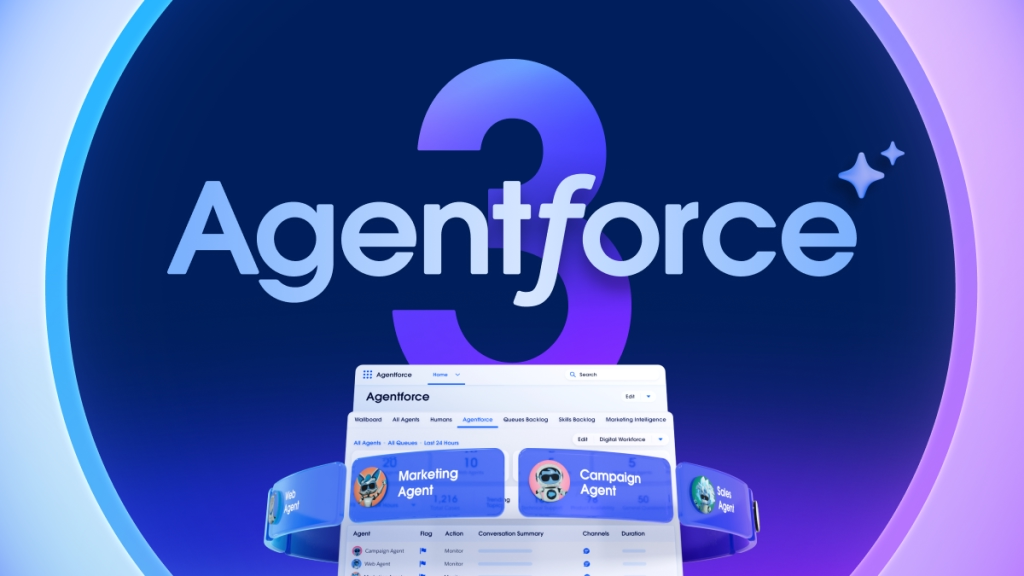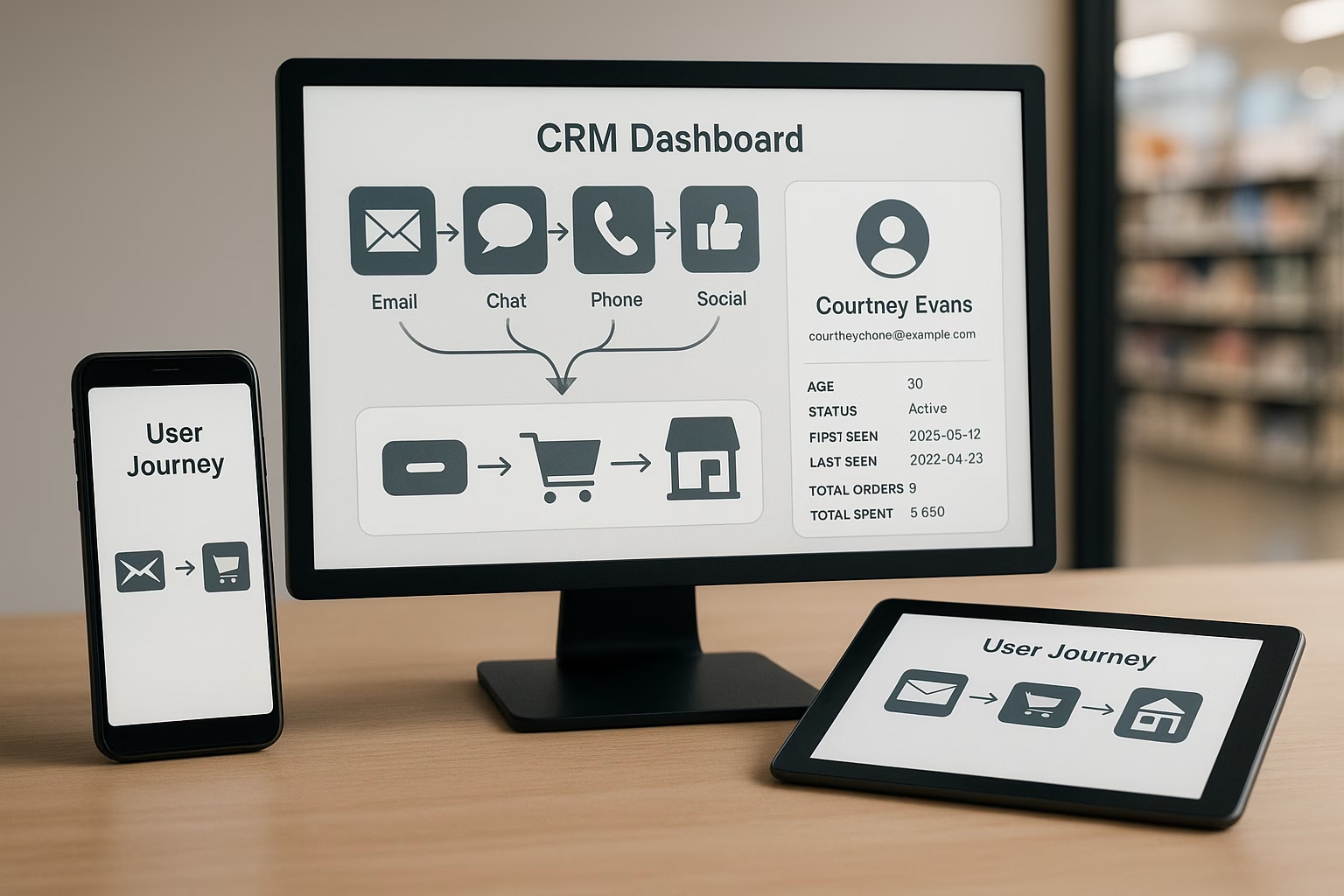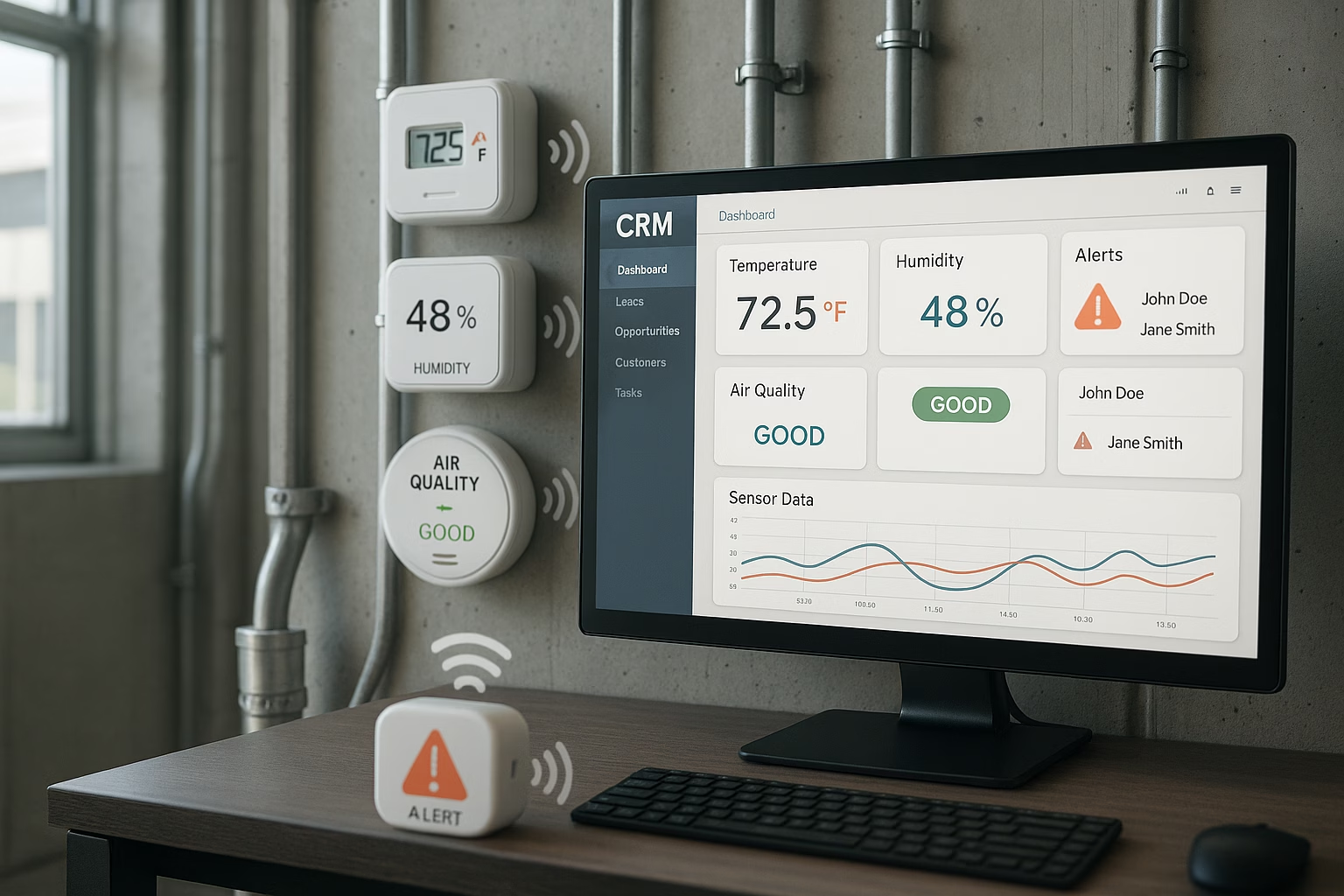LinkedIn has become the leading platform for professional networking, with over 1 billion users, including executives, decision-makers, and industry leaders. It is a key space for B2B engagement, where professionals like you build credibility, share insights, and shape industry conversations. Unlike other social media channels, LinkedIn fosters trust and genuine business relationships, making it an ideal platform for executives to connect with key stakeholders such as investors, potential clients, and top talent. A strong LinkedIn presence is about more than just visibility. Personal posts generate 561% more engagement than corporate accounts, proving that people connect with individual voices, not just company logos. When you contribute meaningful content, you enhance your organisation’s reputation, strengthen your business relationships, and actively influence industry discussions. But how can you maximise your impact on LinkedIn, and what strategies should you employ? Let’s take a look.
Why C-Level leaders should be on LinkedIn
Executives who actively engage on LinkedIn enhance their professional image while simultaneously bolstering their company’s credibility. Engagement with C-suite content has risen by 37% year over year, demonstrating a growing appetite for insights directly from leadership. Compared to company pages, executive posts see up to 10 times higher engagement, reflecting a clear preference for personal perspectives over generic corporate messaging. A CEO or senior leader like you who shares insights on industry trends, leadership challenges, or business growth strategies positions yourself (and your company) as authoritative and trustworthy. Employees are twice as likely to interact with posts shared by an executive than those from the official company page. Beyond visibility, an active presence builds credibility and places leaders at the centre of key industry conversations.
Defining your audience
For LinkedIn to be truly effective, you must carefully consider your target audience. Identifying key stakeholders, whether they are potential investors, future employees, current customers, or industry peers, helps shape the tone and content of your posts, ensuring maximum relevance and impact. Executives looking to attract investors should focus on business performance, strategic vision, market analysis, and industry trends. Those aiming to attract top talent should highlight company culture, leadership principles, employee success stories, and career development opportunities. For industry peers, thought leadership, expert commentary, and insightful analysis will be more effective. Meanwhile, customer-facing content should focus on your client success stories, product innovations, and value propositions. A well-defined audience ensures that content resonates and drives meaningful engagement.
The role of Marketing in Executive Engagement
While you absolutely should maintain a personal and authentic voice on LinkedIn, your marketing teams can provide invaluable support. A collaborative approach between executives and marketing can help generate ideas, refine messaging, and ensure consistency. Marketing can assist with content structuring, editing, and scheduling to maintain a steady posting cadence without overwhelming the executive. Working with marketing teams to track performance analytics also ensures that content strategies evolve based on data-driven insights. By aligning executive content with broader business objectives, LinkedIn engagement becomes an effective tool for your reputation-building and business development.
Overcoming common challenges
Time constraints are a major hurdle for busy leaders like you who want to maintain an active LinkedIn presence. However, the good news is consistency does not require daily posting. A well-planned content calendar with one or two strategically crafted posts per week can be highly effective. Batching content creation and scheduling posts in advance can also help executives maintain an active presence while minimising time investment.
The fear of public scrutiny is another common concern. One poorly worded post can invite backlash, making some leaders hesitant to share their opinions. To mitigate this risk, reviewing posts with trusted advisors or marketing teams can help refine content while maintaining authenticity.
Another challenge is demonstrating a clear return on investment (ROI). While likes and comments provide some indication of engagement, the real value lies in measurable business outcomes. Tracking increased brand awareness, lead generation, website traffic, and talent acquisition can provide clearer indicators of success.
Best practices for LinkedIn success
Successful LinkedIn engagement is about contributing to conversations and fostering meaningful interactions, not just posting (or reposting). Being active means you should respond to comments thoughtfully, acknowledge industry discussions, and share insights that encourage dialogue. A mix of content, including industry expertise, leadership reflections, and company updates, creates a well-rounded presence that appeals to different stakeholders.
At the same time, simply reposting press releases or corporate blog posts without adding personal commentary does little to build engagement. Posting inconsistently can also weaken credibility, as audiences expect leaders to maintain an ongoing presence. Ignoring LinkedIn analytics is another missed opportunity. Tracking engagement metrics provides valuable insights into what resonates most and helps refine content strategies over time.
Building a sustainable content strategy
A structured approach ensures consistency and relevance. You should try to establish three to five key content pillars that reflect your expertise and align with business goals. These pillars create a framework for content creation, ensuring a cohesive message without straying into irrelevant topics. For example, a technology leader might focus on innovation trends, company culture, sustainability in tech, and leadership best practices. A leader in finance might prioritise market insights, business strategy, regulatory changes, and mentorship. Having defined content themes helps maintain a steady flow of valuable posts and ensures long-term engagement.
Is LinkedIn worth the effort?
Absolutely! For executives, LinkedIn is not just another social media channel. It is a platform where industry conversations unfold, reputations are built, and key relationships are forged. Leaders who remain silent miss valuable opportunities to influence their industry, establish credibility, and connect with the people who matter most to their business. Success on LinkedIn isn’t about chasing likes or going viral. It is about sharing your valuable insights, engaging meaningfully with an audience, and building trust. If you approach LinkedIn strategically, you don’t just enhance your own presence and grow your own network; you also strengthen your organisation’s position in the market and make a lasting impact. Contact us if you want to discuss your marketing strategy with our Sirocco experts.










